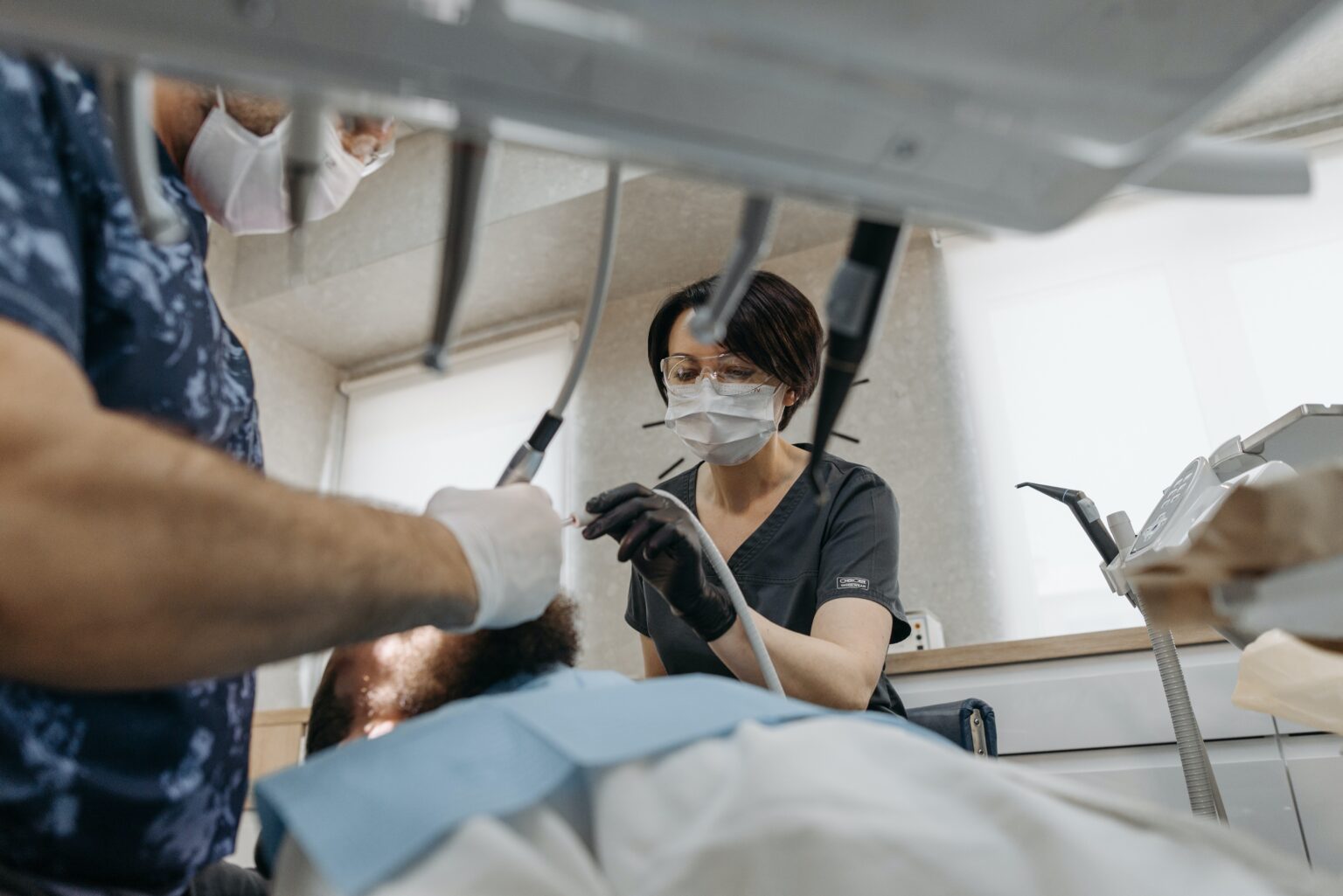The field of restorative dentistry is undergoing a significant transformation. As UK dental professionals, we continuously strive to achieve the best possible patient outcomes while embracing novel approaches and technologies. This article aims to shed light on a revolutionary development in our field: Glass Ionomer Cement (GIC) fillings and their role in advancing restorative dentistry.
Understanding GIC Fillings
They are a unique restorative solution due to their superior material properties. Composed of calcium or strontium alumino-silicate glass powder mixed with a water-soluble polymer, GIC fillings are a biocompatible, aesthetic, and long-lasting alternative to traditional materials.
The Promise in Restorative Dentistry
One of the remarkable advantages of GIC fillings is their adhesiveness to enamel and dentin. Unlike other materials requiring etching and bonding agents, it bonds directly to the tooth surface, reducing the need for invasive procedures and handpieces.
Minimally Invasive Dentistry: A Step Away from Handpieces
In recent years, the field of dentistry has been moving towards minimally invasive procedures. This shift is essential in preserving as much of the natural tooth structure as possible while still achieving a successful restorative outcome. By reducing our reliance on handpieces, we can decrease tooth trauma and patient discomfort.
GIC fillings perfectly align with this principle. Their unique adhesive properties mean less tooth preparation is required, preserving more of the natural tooth structure.
Biocompatibility and Fluoride Release: A Noteworthy Advantage
As dental professionals, we recognise the significance of biocompatible materials. GIC fillings excel in this area, exhibiting excellent compatibility with oral tissues. Their unique formulation allows them to mimic the natural thermal expansion of teeth, reducing the risk of fractures and micro-leakage.
Perhaps one of the most exciting aspects of it is its continuous fluoride release. This offers long-term protection against secondary caries, promoting tooth remineralisation and contributing to overall oral health.
An Enhanced Patient Experience: Changing the Perception of Dental Procedures
The introduction of GIC fillings can also revolutionise the patient experience. The simplicity of the procedure, coupled with the reduction in handpiece use, contributes to a less intimidating dental visit. This can help mitigate dental anxiety, a common hurdle in dental care, increasing patient comfort and compliance.
A Revolutionary Instrument: The Rise of GIC Mixing Devices
Accompanying the use of GIC fillings is the advent of a revolutionary instrument – the automated GIC mixer. These devices are designed to provide the perfect consistency of GIC filling, optimising their physical properties and ensuring reliable, high-quality restorations.
These innovative instruments eliminate the guesswork from the manual mixing process, increasing the efficiency of dental procedures and allowing practitioners to focus on the precision of placement and contouring.
Future Directions: Looking Ahead
The adoption of GIC fillings is more than just a change in material selection; it signals a shift in the philosophy of restorative dentistry. It encourages us to challenge traditional paradigms, reducing our dependence on handpieces and moving towards a more patient-friendly, preventative approach.
It is clear that GIC fillings hold tremendous potential for the future of restorative dentistry. As we continue to embrace these new developments, we should remain committed to ongoing education and research, ensuring we stay at the forefront of innovative care.
The Evolving Role of the Dental Professional
As we integrate new technologies and approaches such as GIC fillings into our practice, the role of the dental profession continues to evolve. Not only are we caregivers, but we’re also educators, patient advocates, and innovators. It’s incumbent upon us to continue to learn about and embrace these new methodologies. As we do, we can provide more effective, less invasive treatments to our patients while also educating them about the importance of preventative oral health practices. In doing so, we transform the patient experience, building trust, and fostering long-lasting relationships.
The Transformative Power of Collaboration
Finally, the transformative power of GIC fillings in restorative dentistry speaks volumes about the benefits of collaboration in our field. Through the combined efforts of researchers, clinicians, and dental technologists, we’ve been able to bring about this groundbreaking innovation. As we move forward, it will be crucial to continue to foster this spirit of collaboration. By harnessing collective intelligence and shared expertise, we can push the boundaries of restorative dentistry even further, delivering the best possible care to our patients. After all, the continued growth and advancement of our profession depend on our ability to innovate, adapt, and collaborate.
The rise of GIC fillings is indeed a revolutionary moment in restorative dentistry. Their unique properties and benefits, from minimal tooth preparation to fluoride release, represent a significant leap towards more patient-centred care.
It’s an exciting time to be part of the UK dental community as we navigate this transformative era in dentistry. Together, let us continue to provide the highest level of care to our patients, equipped with the knowledge, skill, and revolutionary instruments of our trade.


